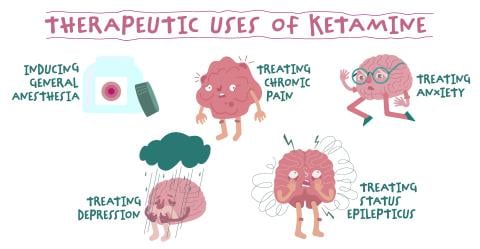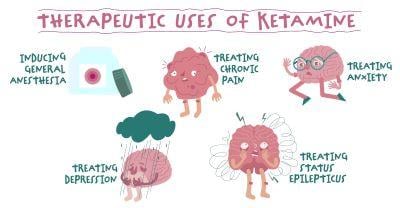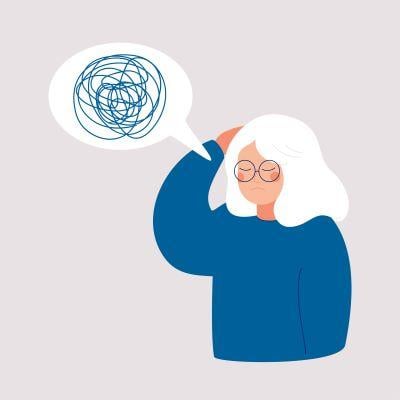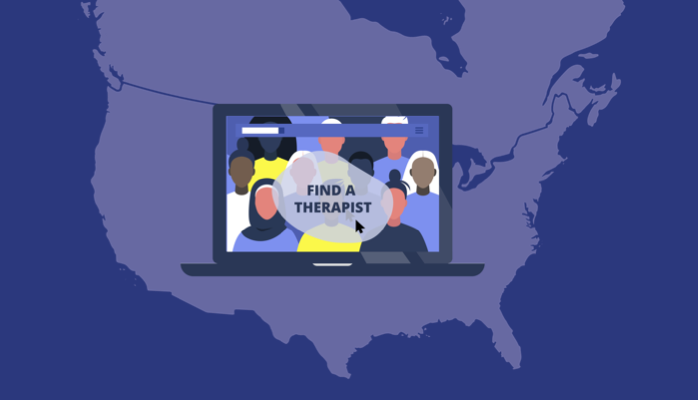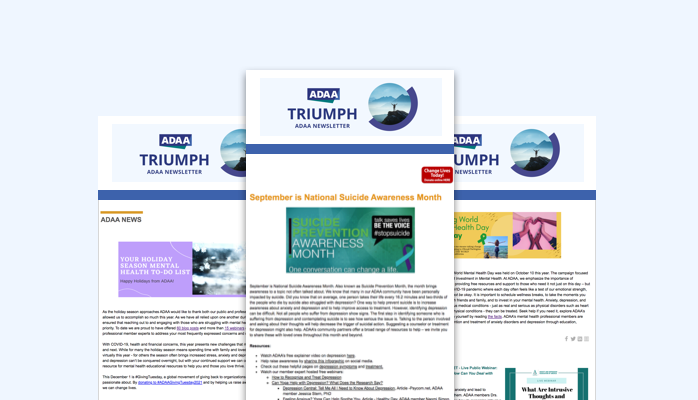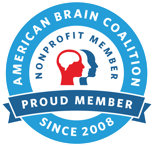Cognitive-behavioral therapy is a treatment for OCD that uses two scientifically based techniques to change a person’s behavior and thoughts: exposure and response prevention (ERP) and cognitive therapy. CBT is conducted by a cognitive-behavioral therapist who has special training in treating OCD.
Most CBT treatment is conducted at a therapist’s office once a week with exercises to practice at home between sessions. If your OCD is very severe, you might need more frequent sessions. Not all mental health professionals are trained in ERP therapy, so it’s important to find one who is.
One key to knowing whether you have found an appropriate ERP therapist is if the therapist encourages you to engage in exposure exercises during your sessions in the office. This helps you engage in more exposures outside of the office. Simply speaking about doing them in the office is less effective than getting started with the actual exposures. The ultimate goal of therapy is to translate exposure to the real world, where you can resist your compulsions and where you can embrace uncertainty rather than fear it.
Exposure Therapy
The psychotherapy of choice for the treatment of OCD is exposure and response prevention (ERP), which is a form of CBT. In ERP therapy, people who have OCD are placed in situations where they are gradually exposed to their obsessions and asked not to perform the compulsions that usually ease their anxiety and distress. This is done at your pace; your therapist should never force you to do anything that you do not want to do.
The first step is for you to describe all of your obsessions and compulsions. Then you and the therapist will arrange them in a list, ordering them from things that don’t bother you much to things that are the most frightening. Next, the therapist will ask you to face your fear of something on your list, starting with the easiest. Let’s say you have an obsessive fear of germs in public places, and that fear is pretty low in how much it scares you. Your therapist will design a task for you that exposes you to that fear. Your task might for you to touch a public doorknob. Here’s where the response-prevention part comes in. If your usual response is to wash your hands immediately after touching the doorknob, the therapist would ask you to wait before you wash your hands. As you repeat this exposure task, the therapist will ask you to wait longer and longer before washing your hands. Over time, this gradual exposure and delayed response would help you learn to control your fear of germs in public places without washing your hands.
It may seem weird, but this new way of confronting your fears directly will lead to fewer and less intense fears or obsessions about germs. Your brain learns that nothing bad happens when you stop performing compulsive rituals.
You’d probably feel very upset when you first touched the doorknob — maybe even feel a little panicked. But the body has a wonderful capacity for something called habituation, and anxiety will eventually lessen without doing anything but letting time pass. It’s something like jumping into a pool of cold water. When you jump in, the water may feel very cold. But after a while, your body gets used to the cold, thanks to habituation, and you feel fine.
When your therapist helps you with exposures over a period of time, your anxiety shrinks until it is barely noticeable or even fades entirely. The therapist can then help you gain confidence and learn special skills to control the compulsions through a cognitive therapy.
Imaginal Exposure
For those who may be resistant to jumping right into real world situations, imaginal exposure (IE), sometimes referred to as visualization, can be a helpful way to alleviate enough anxiety to move willingly to ERP. With visualization, the therapist helps create a scenario that elicits the anxiety someone might experience in a routine situation. For someone who fears walking down a hallway in a way that diverts from their “perfect” pattern, the therapist may have them picture themselves walking in that divergent manner for several minutes every day and record their level of anxiety. As they habituates to the discomfort, with decreased anxiety over time, they are gradually desensitized to the feared situation, making them more willing to move the process to real life, and engage in the next step, ERP.
Habit Reversal Training
This intervention includes awareness training, introduction of a competing response, social support, positive reinforcement, and often relaxation techniques. Awareness training may be practicing the habit or tic in front of a mirror, focusing on the sensations of the body and specific muscles before and while engaging in the behavior, and identifying and recording when the habit or tic occurs. These techniques increase awareness of how and when the urges develop, making it more likely that an individual will be able to intervene and make a change.
That is where the competing response comes in, with the individual and therapist working together to find something similar to the movement or tic that is not noticeable to others. Someone with a vocal tic who learns awareness of the developing urge may practice tensing the muscles around their cheeks and mouth to ride out the urge and prevent the tic. Or someone with a compulsion to touch things symmetrically may be directed to tense the opposite arm, holding it tightly against their body, preventing them from completing the ritual.
This method of treatment takes time, diligent practice, and patience, as well as integrating relaxation skills prior to beginning. Also extremely critical to success is the support and positive reinforcement of family
Cognitive Therapy
When applied to treating OCD, cognitive therapy helps you understand that the brain is sending error messages. Your therapist will help you learn to recognize these messages and respond to them in new ways to help you control your obsessions and compulsions. Cognitive therapy focuses on the meanings we attach to certain experiences that we misinterpret. For example, if a friend passes you without acknowledgment, you might interpret her action incorrectly and think “Mary doesn’t like me because she did not say hello.” And you might believe your thought is very important or meaningful. Cognitive therapy helps you stand back from these thoughts, look at the evidence closely, and tell yourself something more realistic or accurate; in this case it might be, “Something is on Mary’s mind, but I don’t know what it is.”
Cognitive therapy for OCD focuses on the experience of negative thoughts. While most people easily dismiss such thoughts (e.g., “That’s a silly thing to think”), some people have certain beliefs that thoughts are always important. So instead of being able to just forget about these negative thoughts, their beliefs cause them to react differently and might make them think “I’m a bad person for having such a thought!” Research shows that believing that negative thoughts are important and attempting not to have “bad” thoughts actually produces the opposite effect.
